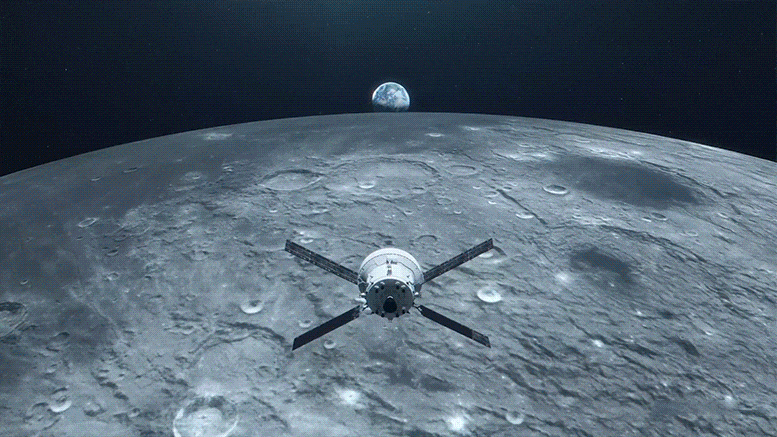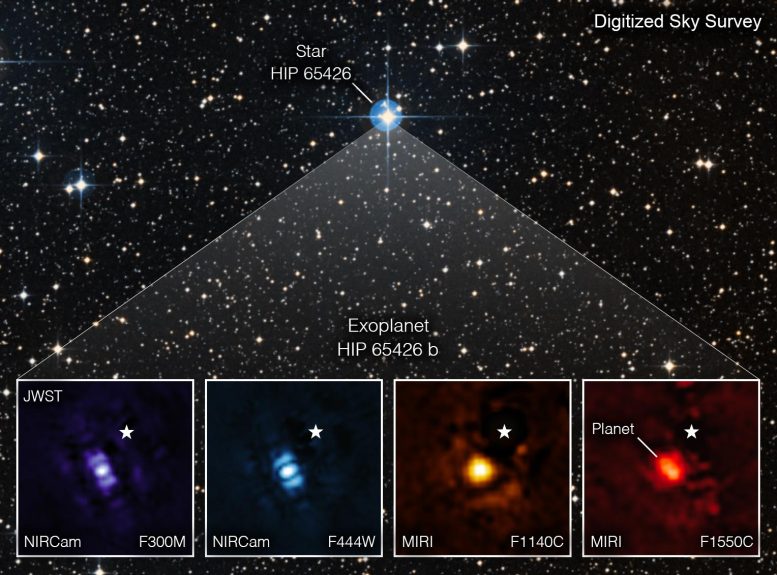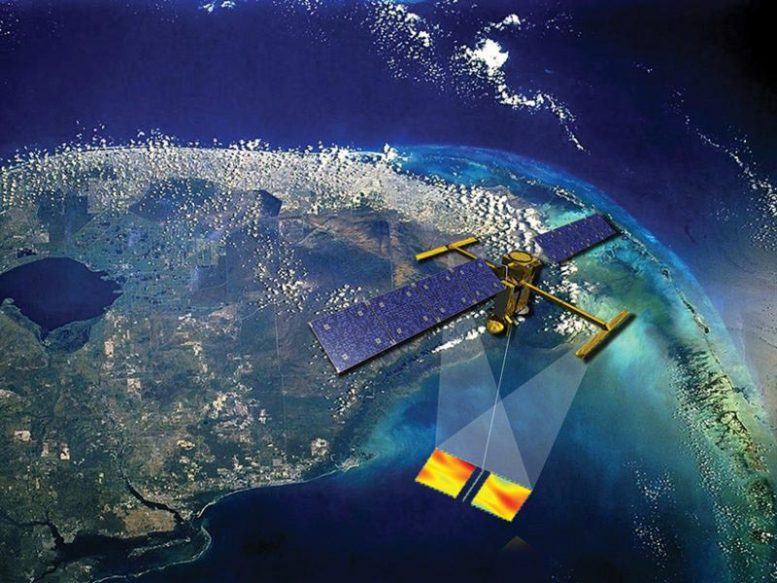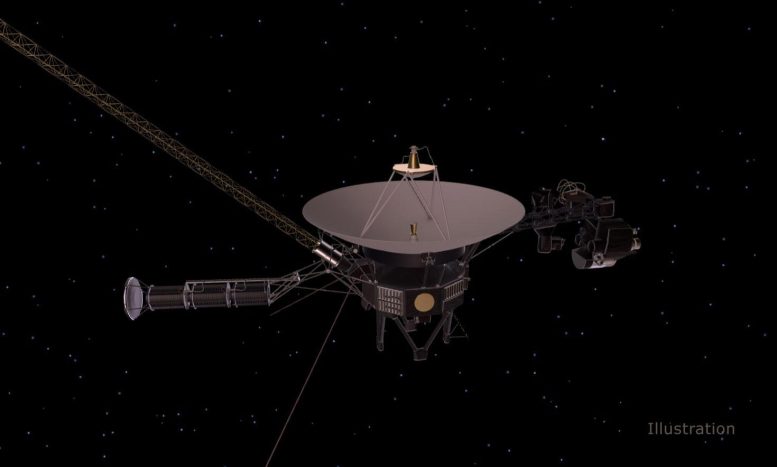
An update on NASA’s Artemis I Moon mission …
A first for NASA’s James Webb Space Telescope …
And a new target launch date for the next commercial crew mission … a few of the stories to tell you about – This Week at NASA!
An Update on NASA’s Artemis I Moon Mission
NASA’s uncrewed Artemis I flight test is the first integrated test of NASA’s Orion spacecraft, Space Launch System, or SLS, the most powerful rocket in the world, and the ground systems at the agency’s Kennedy Space Center in Florida. Over the course of about 38 days, the mission will see Orion travel thousands of miles beyond the Moon, farther than any spacecraft built for humans has ever flown. Artemis I is the first in a series of increasingly complex missions that will provide a foundation for human deep space exploration and demonstrate NASA’s commitment and capability to extend human existence to the Moon and beyond.

Webb Space Telescope’s First Direct Image of an Exoplanet
For the first time, astronomers have used NASA’s James Webb Space Telescope to take a direct image of an exoplanet. The planet, called HIP65426 b, is a gas giant about five to 10 times the mass of Jupiter. Taking direct images of exoplanets is challenging because stars are so much brighter than planets. But Webb has an instrument called a coronagraph that blocks out starlight and makes it possible to capture direct images of certain exoplanets. This ability could help Webb reveal more information than ever before about exoplanets.

NASA, SpaceX Adjust Crew-5 Launch Date
NASA and SpaceX are now targeting no earlier than 12:45 p.m. EDT on October 3 for the launch of the agency’s Crew-5 mission to the International Space Station. The launch date adjustment was made to accommodate spacecraft traffic coming to and leaving from the space station. NASA astronauts Nicole Mann and Josh Cassada, Japan Aerospace Exploration Agency astronaut Koichi Wakata, and Roscosmos cosmonaut Anna Kikina will launch aboard a SpaceX Crew Dragon spacecraft from NASA’s Kennedy Space Center.

New Target Launch Date for Water and Ocean Observing Mission
NASA, the French space agency, CNES, and SpaceX are now targeting December 5, for the launch of the Surface Water and Ocean Topography, or SWOT, satellite. SWOT is the first satellite mission that will survey nearly all water on Earth, at an unprecedented level of detail. The mission will help inform water equity and water management decisions, provide new insights into Earth’s water and energy cycle, and help prepare communities for rising seas and changing coastlines resulting from climate change.

Engineers Solve Data Glitch on Voyager 1 Spacecraft
Engineers have fixed an issue that was affecting data from NASA’s Voyager 1 spacecraft. They discovered that Voyager 1’s attitude articulation and control system, or AACS, a critical system aboard the probe, had been sending garbled telemetry data through an onboard computer that stopped working correctly years ago. Consequently, that computer corrupted the information. Voyager 1 and Voyager 2 are celebrating an anniversary. The twin probes, which were launched weeks apart in late August and early September of 1977, have been exploring our solar system for 45 years.
That’s what’s up this week @NASA
Never miss a breakthrough: Join the SciTechDaily newsletter.